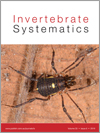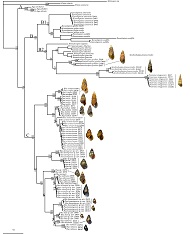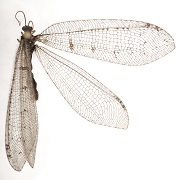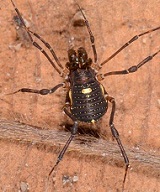IS19015Blind scolopendrid centipedes of the genus Cormocephalus from subterranean habitats in Western Australia (Myriapoda: Scolopendromorpha: Scolopendridae)
 , Joel A. Huey
, Joel A. Huey  , William F. Humphreys, Mia Hillyer, Mieke A. Burger, Erich S. Volschenk and Julianne M. Waldock
, William F. Humphreys, Mia Hillyer, Mieke A. Burger, Erich S. Volschenk and Julianne M. Waldock
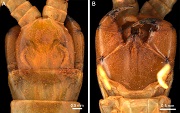
Only 1 of 400 known species of scolopendrid centipedes worldwide is blind. A radiation of blind species of this group occurs in the Pilbara region of Western Australia, being restricted to subterranean habitats. Molecular phylogeny based on three genes permits the relationships of three formally named new species and two unnamed species of blind Cormocephalus to be inferred. The blind arid-zone species are more closely related to congeners from forests in the south-west of Western Australia than to geographically closer species from the arid zone.


